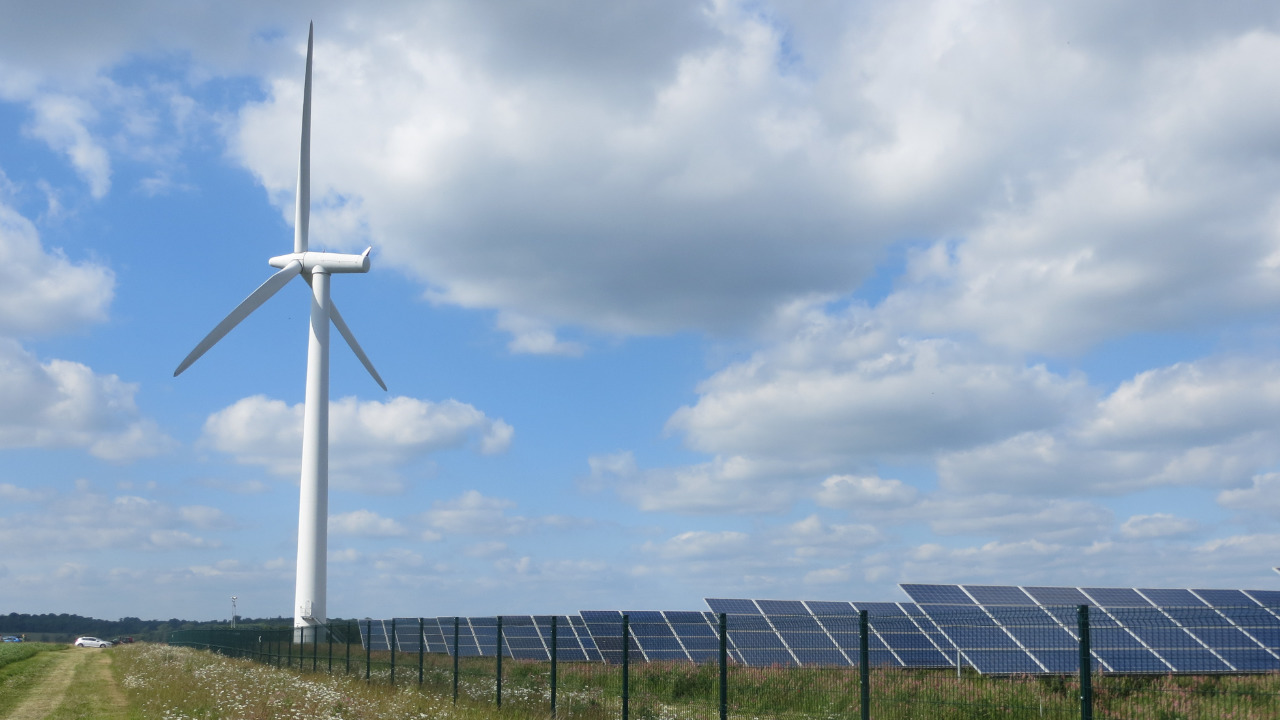What is community energy?

Community energy puts people at the heart of the energy system. It brings them together to take democratic climate action by understanding, generating, owning, using, and saving energy.
Community energy accelerates the transition to a zero-carbon energy system while increasing community resilience.
But it’s more than this. Building a zero-carbon energy system is a social issue that requires a just transition. Community energy organisations are already at the forefront of energy system innovation; they have initiated behaviour change, accelerated the decentralisation of the energy system, reduced carbon emissions and upskilled communities across the UK.
Community energy does all of this by building the consent, trust and active participation needed to ensure a rapid and just energy transition.
Community energy groups are set up as not-for-profit organisations such as a Community Benefit Society which is a form of co-operative in which all members (shareholders) have a single vote regardless of their investment.
Benefits of community energy include:
Local Empowerment: Communities have greater control over their energy sources, fostering local decision-making.
Environmental Impact: It promotes renewable energy use, reducing reliance on fossil fuels and lowering carbon emissions.
Economic Benefits: Profits from energy generation often stay within the community through lower electricity tariffs, creating jobs, and supporting local projects through a Community Benefit Fund.
Energy Security: Local energy projects enhance resilience against wider grid issues and reduce consumption of fossil fuels from unfriendly countries.
Social Cohesion: Working together on energy initiatives strengthens community bonds.
Community energy helps build sustainable, resilient, and empowered local areas.
Barriers to community energy projects include:
Financial Constraints: High upfront development costs and limited access to funding or investment.
Regulatory Challenges: Complex policies, licensing requirements, and grid access issues.
Community Engagement: Difficulty in maintaining long-term participation and support.
Market Barriers: Competition with established energy providers and fluctuating energy prices.
Infrastructure Limitations: Inadequate grid capacity or outdated technology.
Policy Uncertainty: Changes in government support or incentives impacting project viability.
Examples of community energy
Community owned energy projects in the UK date from the late 1990s with the Baywind Cooporative which enabled members of the public to buy shares in a commercial windfarm in Cumbria. Baywind later founded Energy4All who have helped set up renewable energy co-ops around the UK. These included the solar farm and wind turbines at Westmill between Swindon and Oxford (see photo). There was a rise in community owned energy projects in the 2010s with the feed-in tariff. Projects in Devon have included:
Plymouth Energy Community: roof-top solar PV on schools and other community buildings and a solar farm
Exeter Community Energy (ECOE): a portfolio of 408kW of roof-top solar PV installations in their Solar PV1 share issue
South Brent Community Energy: a refurbished 225kW wind turbine
Since the end of the feed-in tariff, community owned energy projects have been more financially challenging. However, with increased electricity prices and aims to install more renewable energy installations, there could be greater opportunities for locally owned community energy projects.
